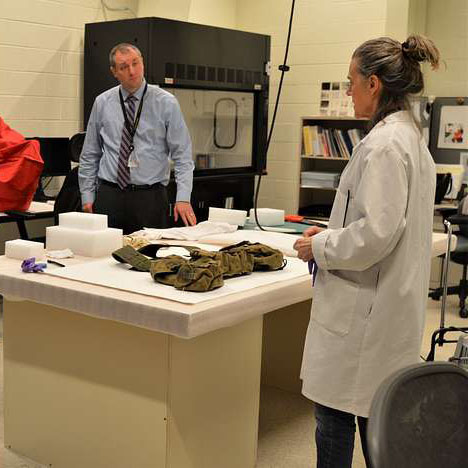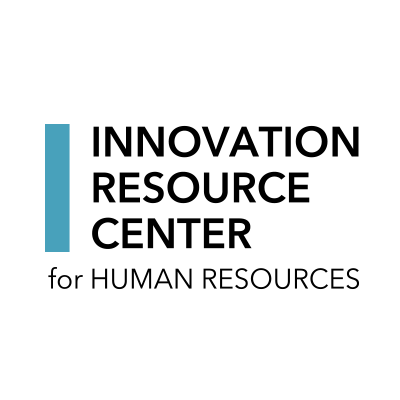ADVANCING THE INTERESTS OF PEOPLE AND ORGANIZATIONS
SINCE 1926
Are you a researcher advancing
human relations in the workplace?
Apply for a research grant today!
Latest Work from Our Grantees

Culture of Trust: How Interactions Around Contentious Issues Affect Trust in the Workplace
This project seeks to identify the ways that leaders can support and build trust even when working through contentious issues.

AI in the Workplace: How Companies and Workers are Getting it Right
Worker input (voice) has been shown to improve the use of technology for the benefit of employers and to enhance job quality. What does good practice look like when it comes to AI?
We’ve been working to advance the knowledge and practice of human relations in organizations since 1926.
Contact IRC4HR
Want to share a great article with us? Have a question or comment about one of our research projects? Need information on applying for a grant?
Send us a message using the form below, or you can email us.
Either way, we’d love to connect with you.
